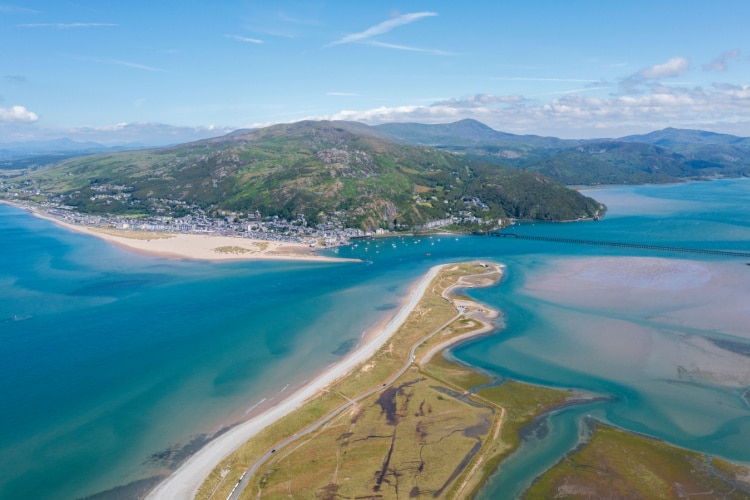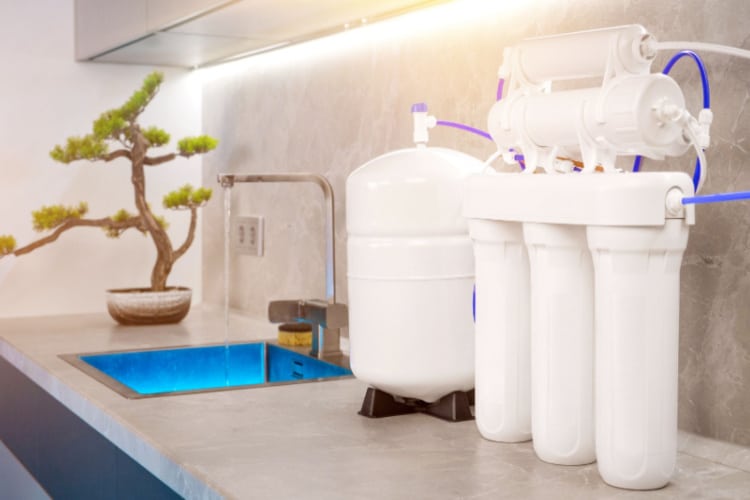What Is Brackish Water?
Brackish water is water that contains more salt than fresh water but less salt than seawater. It contains between 500 and 30,000 ppm (parts per million) of sodium (salt), which is higher than fresh water but lower than seawater.
Where Is Brackish Water Found?
Brackish water is mostly found in areas known as estuaries. Estuaries are areas where freshwater meets saltwater. This usually happens when a freshwater stream leads out to the sea.
However, estuaries can also be man made since people need them to create prawn farms. Man made estuaries are created by flooding marshlands.

Is Brackish Water Drinkable?
Brackish water is only safe to drink when it has gone through extensive treatment to remove the high sodium content. While brackish water doesn’t contain as much salt as ocean water, it has enough to dehydrate the human body.
Brackish Water Treatment
Brackish water can be treated using water filtration technologies like desalination (based on reverse osmosis) or distillation.
Desalination works based on the reverse osmosis process which funnel water through a membrane that has very small holes in it. The holes are large enough to let hydrogen and oxygen molecules pass through, but mineral molecules like sodium are caught. In simpler terms, water can pass through the screen, but salt can’t.

The second method to treat brackish water is distillation. Distillation is a much simpler method that involves heating the water and turning it into vapor.
The minerals are much heavier than the water itself, so they stay at the bottom of the distiller even when the water is heated up. On the other hand, the heat causes the water to turn into vapor, which rises to the top of the distiller where it condenses and gets transferred into a separate clean water container.
If you live in an area with brackish water and you’re wondering which treatment method is the better choice, we recommend reverse osmosis, especially if you’re making brackish water for aquarium fish tank.
Distilling water isn’t all that difficult, and devices like the VKind Water Systemsr Water Distiller simplify the process to the point where all you need to do is fill up the container and press the ON button. Distillers are also relatively cheap and don’t take up much space on the countertop.
However, reverse osmosis takes far less time, and you can choose from a much more extensive collection of different RO systems compared to distillation units. Depending on your need, you can find an RO system that won’t require manual loading and can take on much larger quantities of water than any distiller.
This isn’t to say that distillers aren’t helpful – quite the contrary. But it’s true that RO systems are a much more popular treatment method, and there are many more models you can pick from.